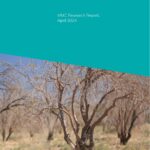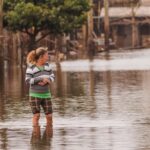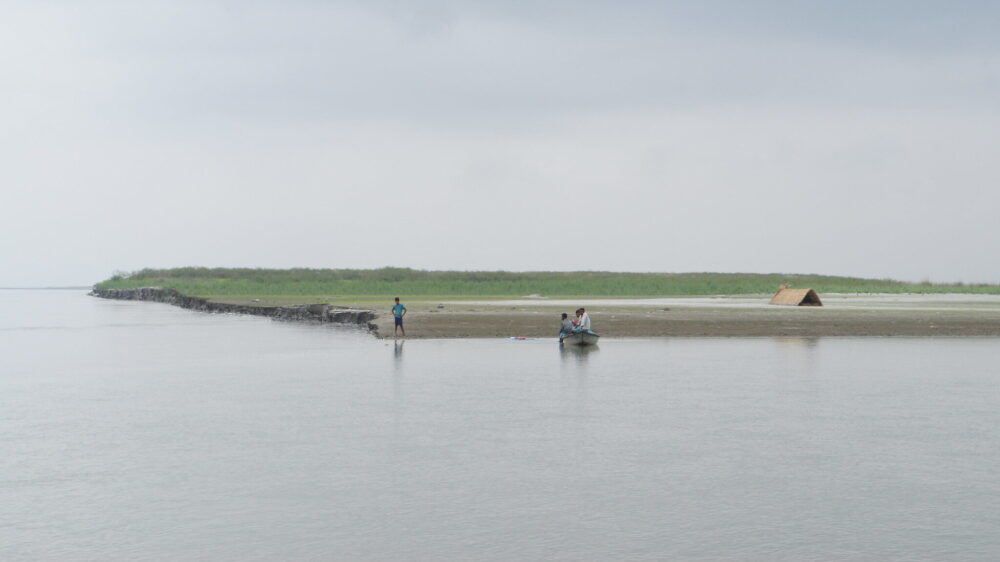Reporting Back | UNHCR ExCom Side Event – Protection in Law and Practice: Regional and Global Engagement on Displacement in the Context of Climate Change
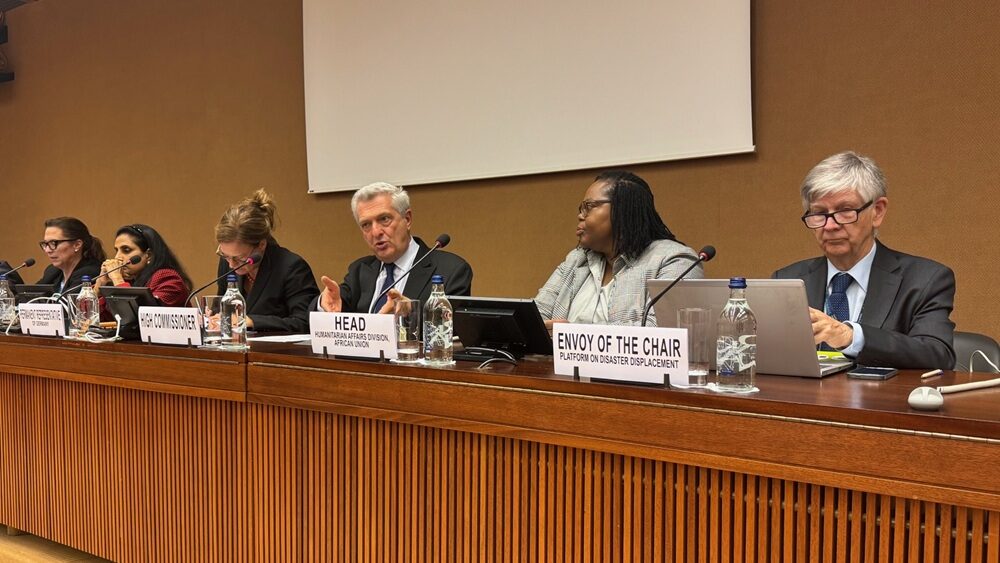
15 October 2024, Geneva, Switzerland – At the 75th session of the Executive Committee (ExCom) of the High Commissioner’s Programme, the Platform on Disaster Displacement (PDD) and the United Nations High Commissioner for Refugees (UNHCR) organized a side event on Protection in Law and Practice: Regional and Global Engagement on Displacement in the Context of Climate Change, co-sponsored by the ExCom Chairpersonship of the Federal Republic of Germany on 15 October 2024
The aim of this side event was to update ExCom State Members on the work of States, UNHCR and other partners to advance international protection in the context of climate change and disaster, including notably in the context of regional efforts in the Americas and Africa. It further highlighted the importance of international cooperation and State engagement to address the ongoing challenges in this area, including the need to reinforce protection based on existing applicable instruments and ensure support to States particularly exposed to climate change impacts, including host countries, countries of origin and others.
This event was moderated by Ambassador Katharina Stasch of the Federal Republic of Germany, in her role as Chairperson of the UNHCR Executive Committee. The underlying message of the side event was that the impacts of climate change will only increase the protection needs of people, and that it is therefore necessary to urgently scale up climate action which is inclusive of refugees, displaced, and stateless people – and importantly, to use existing regional and international legal instruments to protect displaced people who may be in need of international protection.
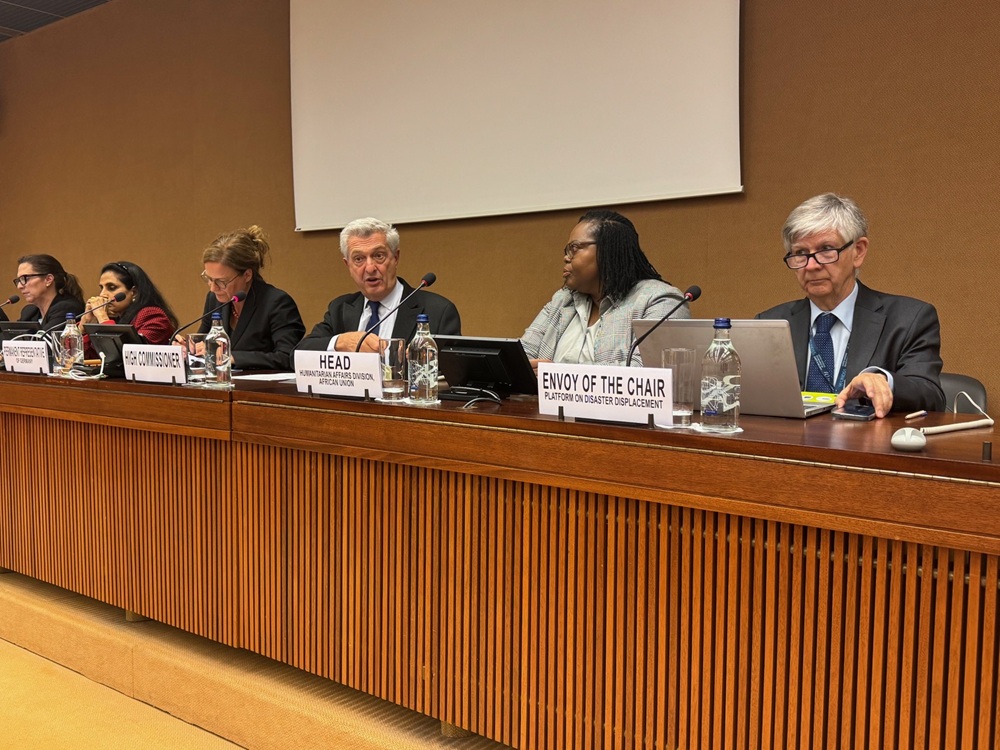
The opening remarks were provided by Mr. Filippo Grandi, UNHCR High Commissioner who warned against the risk of presenting the link between climate change and displacement in a simplistic manner. He encouraged a nuanced approach to understanding the complexity of displacement in the context of the adverse effect of climate change. He pointed out the consequences of climate change on the protection needs of displaced people and recalled the relevance of international refugee law and UNHCR’s role to address these.
“UNHCR is not arguing for a new category of refugees to be defined. Instead, refugee law, existing international and regional legal instruments such as the 1969 OAU Convention, the 1984 Cartagena Declaration, in addition to the Global Compact on Refugees, should be applied to address protection needs of displaced people.”
The High Commissioner also mentioned the impacts of the displacement of large numbers of people on the environment as necessary considerations in this discussion, in addition to ensuring that UNHCR operations and refugee camp provisions are climate resilient and sustainable. He ended by calling for unanimous, well-resourced, effective, courageous, and persistent climate action.
This was complemented by Ms. Ruven Menikdiwela, UNHCR Assistant High Commissioner for Protection who noted that 75% of the world’s forcibly displaced people are located in climate-vulnerable countries, and that 50% of them are exposed to conflict as well. She highlighted the evolution in law and practice for better protection of people displaced in the context of climate change impacts and disasters in need in the last 10 years, including the Nansen Initiative Protection Agenda and increased recognition of the links between climate change, refugees and other displaced people.
She also mentioned other milestones in the development of key legal instruments and frameworks including the 2018 Global Compact for Refugees, the 2020 legal considerations regarding claims for international protection made in the context of the adverse effects of climate change and disasters, and UNHCR’s 2023 paper on Climate change impacts and cross-border displacement: International refugee law and UNHCR’s mandate providing concrete examples of displacement and links with UNHCR’s mandate. She also highlighted regional and national processes and instruments such as the Cartagena+40 and the draft Chile Declaration, emerging jurisprudence and case law such as in Italy as mentioned in the upcoming advisory opinions on this topic by the International Court of Justice (ICJ). And the Inter-American Court of Human Rights (IACHR).
Ms. Rita Amukhobu, Head of Humanitarian Affairs at the African Union added to the conversation by illuminating the role of normative frameworks including the 2009 Kampala Convention and the 1969 OAU Convention to protect persons forcibly displaced in relation to climate change and disasters. In this context, Ms. Amukhobu welcomed the openness demonstrated by AU Member States in supporting displaced populations and noted that there is ‘no vacuum’ in terms of normative frameworks for persons forcibly displaced in Africa. She stressed the need to provide AU Member States with the necessary technical and financial support in a timely and predictable manner to enable the continuation of such activities.
In Latin American countries, climate change impacts have added to number of people displaced and the suffering experienced by people who are already facing displacement due to violence and conflict. Justice Natalia Ángel Cabo of the Constitutional Court of Colombia highlighted these challenges and the strides made in these countries including a recent judgment – T123 (2024) of the Constitutional Court of Colombia, which established that displacement related to environmental factors can be considered as ‘forced displacement’ and constitutes a reality which requires a comprehensive response from the Colombian State. The judgment is significant as it clarifies obligations on the State in such cases, which is important in Colombia as displacement related to disasters and the adverse effects of climate change is a significant challenge in addition to the challenges of displacement linked to the armed conflict. In this light, Justice Ángel Cabo emphasized the significant role that judges can play in these issues and in making lasting changes while at the same time emphasising the need for better early warning systems and synergies with climate scientists to comprehensively prevent, anticipate and address the issue of displacement in the context of climate change impacts.
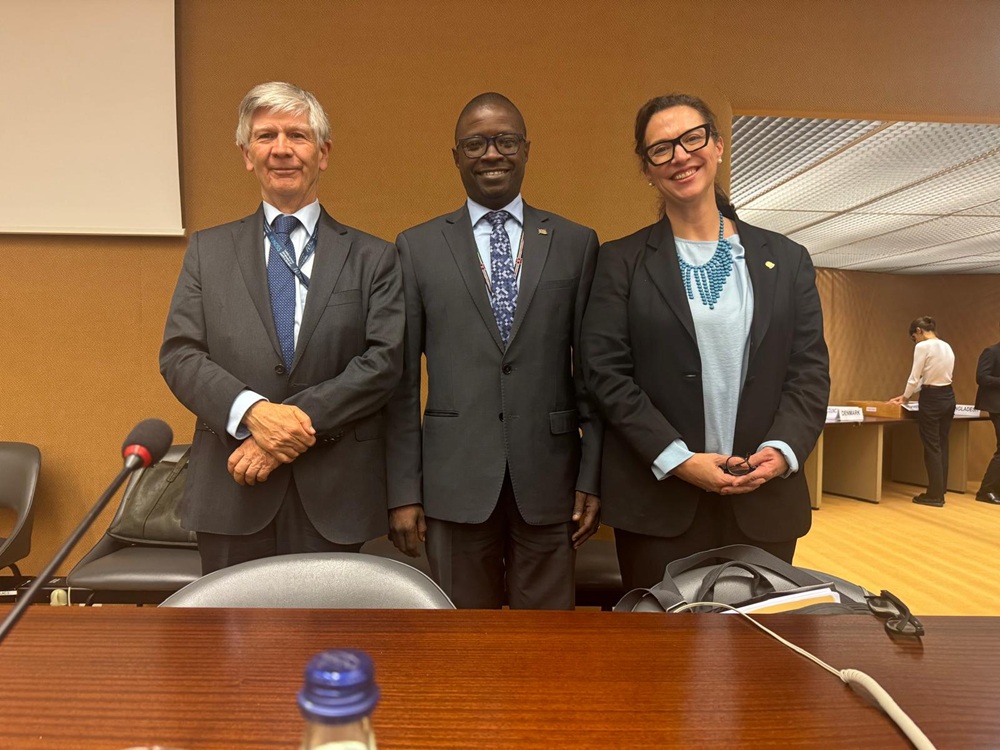
The Chair of the PDD Steering Group, the Government of Kenya who was represented by Kenyan Ambassador James Waweru Deputy Permanent Representative of the Permanent Mission of the Republic of Kenya to the United Nations Office in Geneva stressed on the five priorities of PDD to echo the need to build on the existing applicable instruments and leveraging the competences of all involved players, particularly that of states exposed to climate change impacts, countries of origin, and destination countries, to strengthen international protection of people compelled to move in the context of climate change.
“We need practical, pragmatic solutions that are bold, quick, and sustainable in their approach, design, and implementation to address the challenges faced by displaced people in the context of climate change.”
Finally, Professor Walter Kaelin, Envoy of the Chair of the PDD highlighted his recent report co-authored with Dr. Entwisle Chapuisat titled ‘Protection of Persons Displaced Across Borders in the Context of Disasters and the Adverse Effects of Climate Change’.
“Rather than looking into what should be done, out study examines what States actually do to admit and protect persons displaced across borders in disaster and climate change contexts. We were able to identify a multitude of good practices. Our review of current State practice shows that authorities in many countries had to deal with individuals claiming protection due to the impacts of disasters and climate change. Overall, consensus is growing that such persons need to be protected and that legal foundations can be found in refugee, human rights and migration law.”
He further highlighted that while the application of refugee law remains limited, the human rights law particularly the right to life and protection against inhuman treatment offers more robust protection against forcible return to serious harm. This includes situations where returnees may face life-threatening dangers, severe humanitarian crises, or health deterioration leading to significant suffering or reduced life expectancy. For example, Austrian courts consider disaster impacts and climate change as grounds for subsidiary protection. Migration law, however, provides the most widespread mechanisms for permitting the admission, stay, or non-return of those displaced by disasters or climate change with many countries offering discretionary humanitarian measures that allow temporary protection. In the Americas, legal provisions often reference disasters directly and free movement agreements like the recent IGAD Protocol facilitate relocation in response to disasters. Additionally, bilateral agreements such as those between Tuvalu and Australia may set migration quotas for people from disaster-prone regions.
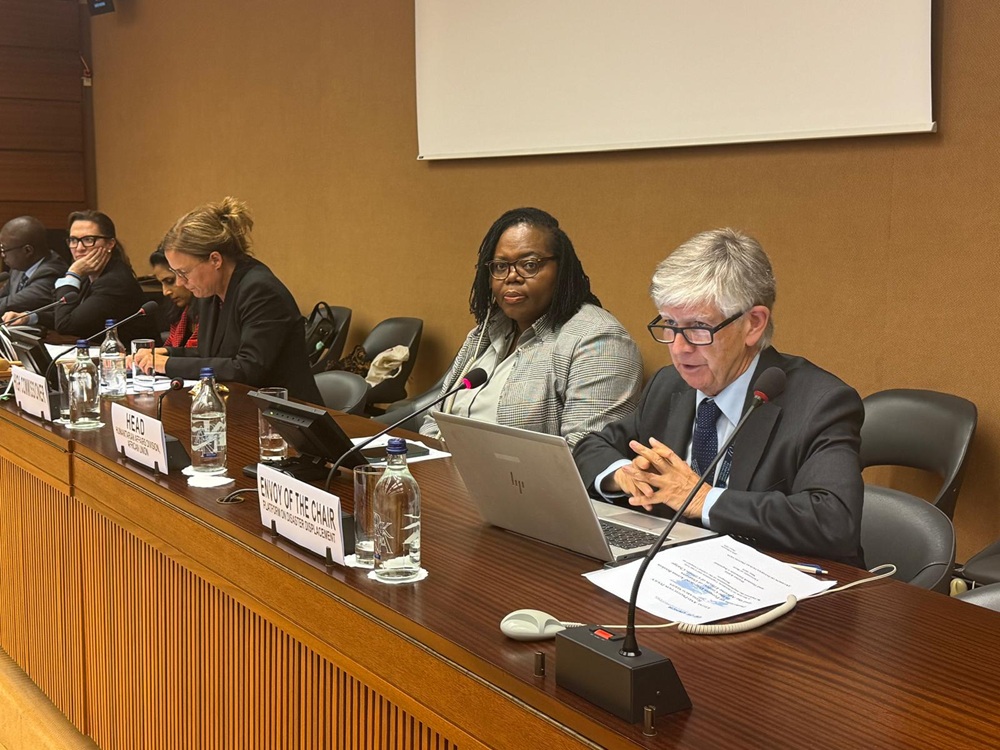
“We possess multiple tools for addressing displacement, yet their overall utilization remains limited, unpredictable, and poorly coordinated. To enhance the protection displaced across borders in the context of disasters and adverse effects of climate change, we need to build on them and better harmonize their use. It is also important to familiarize authorities, judges and other stakeholders at domestic levels with relevant guidance to ensure the systematic and consistent use of existing protection tools,” he concluded.

